Japanese Maple Diseases: What You Should Know
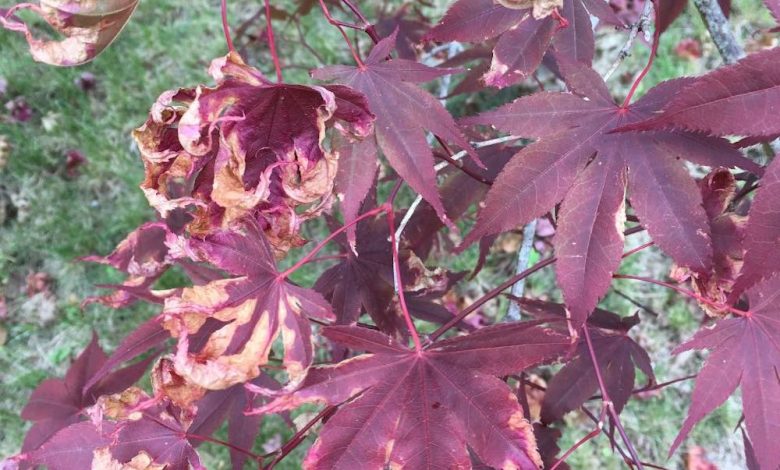
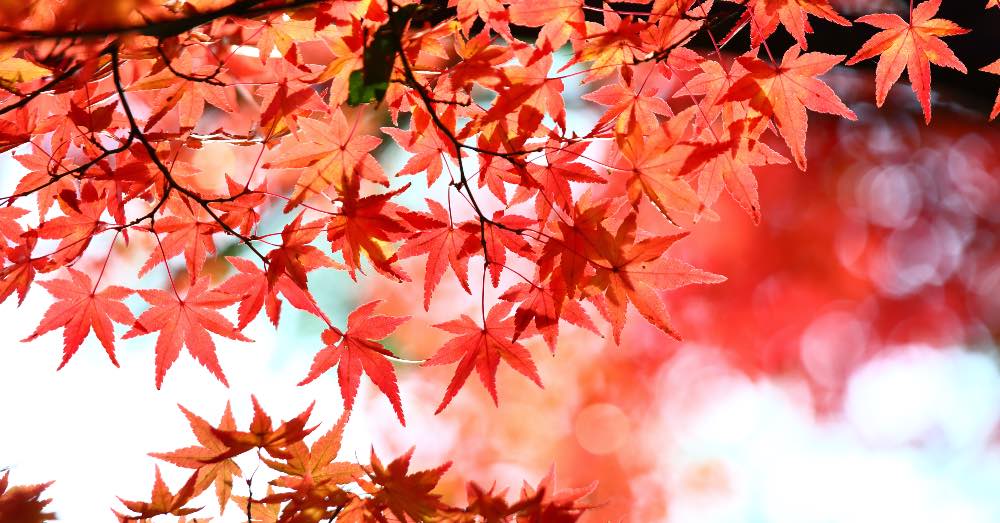
It is one of the most beautiful ornamental trees in existence, and a perfect candidate if we have to choose trees for small gardens. However, it is useful to know in detail the Japanese maple diseases. Because, although it is extremely resistant, we cannot lose sight of something important: any ailment can compromise its health, and it is essential to know how to detect it in time to prevent it from spreading in our tree.
Although the care of the Japanese palmate maple does not entail a great difficulty, let’s not relax. Like any other plant, a wrong crop or even certain specific environmental circumstances can take their toll. A good reason to keep an eye on him, especially during the hot months and fall. It is in these times, the development and the beginning of its vegetative rest, when our Japanese maple may need special vigilance to avoid unpleasantness. And how will it show us that something is wrong? Simple: through its leaves, its greatest attraction.
Let’s discover in detail how to interpret its color changes and, above all, how to fix it in time.
HOW TO IDENTIFY JAPANESE MAPLE DISEASES
Just look at the Acer Palmatum or Japanese Maple to see why it is one of the most adept trees out there. The singularity of its palmate leaves becomes a spectacle when they acquire their classic red or pink colours, depending on the variety. A true natural beauty with great aesthetic value that has only one drawback: it is a slow-growing tree. And yes: we will have to be patient to see it grown, but the wait will be well worth it! the sorrow.
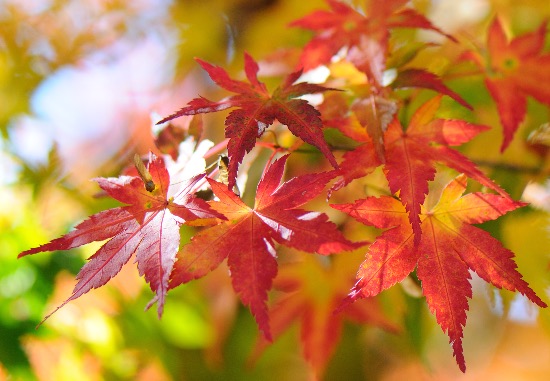
But besides the beauty, the Acer Palmatum has another advantage: in general, it is incredibly resistant. Something that does not exempt you from suffering from ailments such as the ones that we are going to see below, broken down from the best possible point of view: how they affect your morphology.
1. Small bumps on leaves and stems
Extremely rare but, considering nature, possible in rare cases. This type of manifestation is indicating one of the rarest Japanese maple diseases: the presence of a plague of mites or cochineal. We can also detect it by what look like cottony spots or even by the presence of the bold fungus. A real warning sign that our tree is suffering from an invasion, since by the time the fungus appears, it is more than likely that the insects have colonized the plant.
It usually occurs especially in young specimens, and it is a disease that we have to treat in two different ways but always in parallel. On the one hand, applying an insecticide that kills the insects that are causing the infection. On the other, knowing how to eliminate the sooty mold or bold fungus. A task that does not happen, only, by using a fungicide.
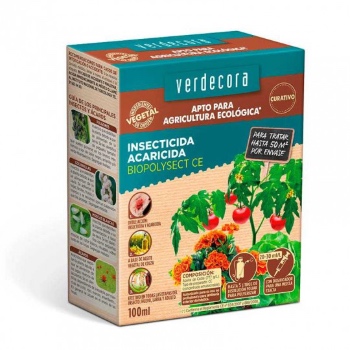
2. Wilted, curled or wrinkled leaves
We are once again faced with the effects of an insect that is well known to plant lovers: the aphid.
Far from belittling it for its small size, it is not an infection to be taken lightly. A large plague can even modify the normal growth of our tree. A good reason to take action on the matter from the moment we detect its presence.
3. Brown leaves, one of the most common Japanese maple diseases
And one of the most complex! Not so much because it is difficult to reverse the state of the leaves, but because, really, the complication lies in knowing what their appearance is due to. When a Japanese maple has brown leaves it can be due to a long list of reasons, so the ideal is to know them in order to find where the cultivation defect is.
Let’s take a closer look at what conditions can cause your precious leaves to take on this hue:
- Dry climate or excessive wind: both the lack of humidity and being located in a windy area can cause dehydration of the leaves. If the weather is dry, we can spray the leaves with soft water at sunset. If the problem is that it is in a windy area, we will either move the pot to another location or we will have to protect it
- Direct sun: let us remember that it is a tree that needs shade or semi-shade to grow properly. If it is exposed to direct sunlight, its leaves will suffer. To avoid this, we can change its location if it is in a pot or, if it is planted in the ground, use a shading mesh or plant one of the fast-growing bushes for fences that act as a natural barrier from the sun.
- Lack of water: the Japanese maple does not tolerate drought or waterlogging. When it is not hydrated to the extent it needs, its leaves turn brown. Although reversing this problem is as simple as watering, be careful. Before doing so, it is convenient to check what the humidity is about 10 centimeters from the surface. If it’s dry, we’ll water. If it isn’t, it’s not the reason the Japanese maple has brown leaves.
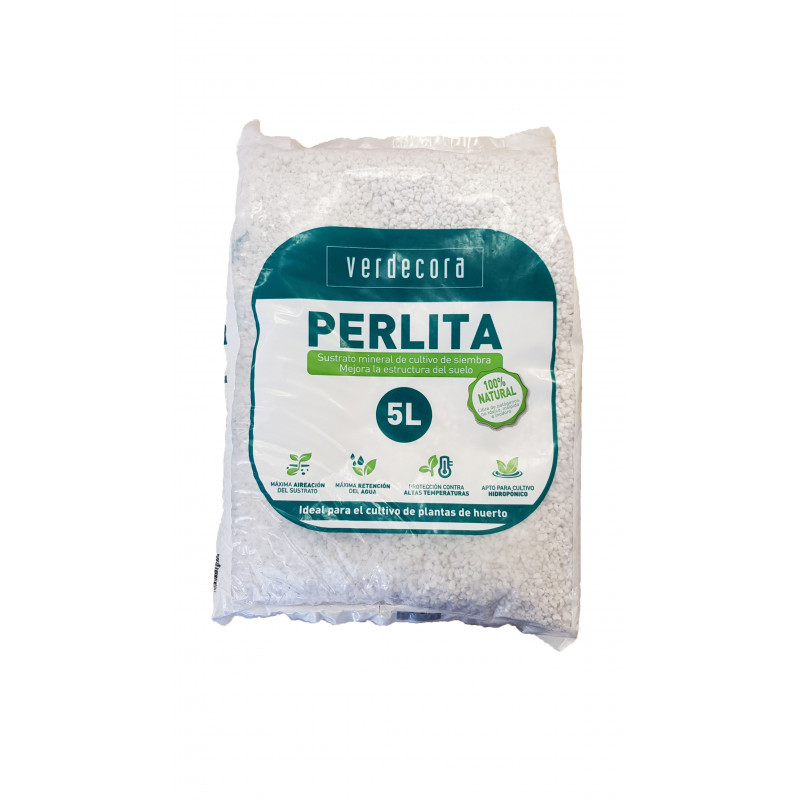
- Excess watering: curiously, it manifests itself in the same way as dehydration. We will not only have to check if the substrate in depth is too wet, but also see if the drainage is working. It also doesn’t hurt to check how the substrate is, and add perlite to your mix to help evacuate excess irrigation water. In addition and with a view to avoiding the appearance of fungi, it will be essential to treat the roots with a fungicide
- Lack of space: very common when we grow it in pots. If we have ruled out all of the above ailments, it is likely that our Japanese maple is crying out for a transplant.
- Early transplant – Japanese maple should be transplanted while still dormant. Or, what is the same, at the end of winter. If we do it at another time, its first reaction will probably be to change the color of its leaves in response to transplant stress.
4. Yellow leaves, another classic
And just like when a Japanese maple has brown leaves, it’s not just for one reason.
The first and most important is usually a deficiency of iron in the soil. The Acer Palmatum is a great demander of nutrients, including iron. An essential element for you to do photosynthesis correctly. When this deficiency occurs, the leaves turn yellow but the nerve remains green. If this is the case with our plant, it is time to apply an antichlorosis product.
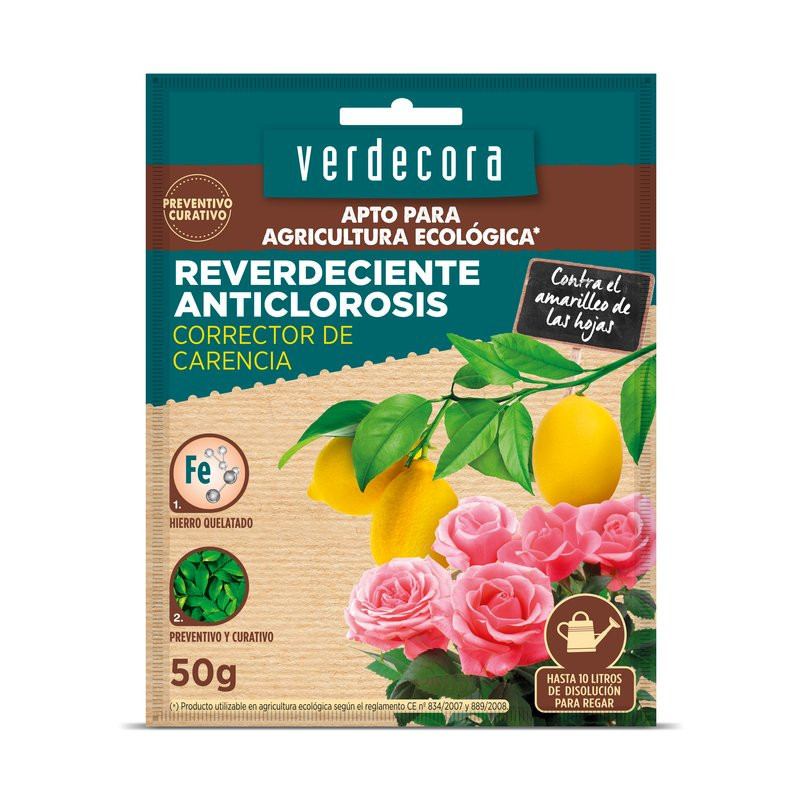
But what happens if the Japanese maple has yellow leaves and they fall off? In that case, we are facing the presence of a fungus that lives in the soil, and that manifests itself as a result of excessive irrigation. Sometimes, it even manifests itself only in one part of the tree, while the rest present their normal coloration. The treatment should not be delayed: it is essential to apply a fungicide as soon as we detect it.
Nothing like knowing Japanese maple diseases to avoid them or, at least, to stop them. Because only by taking care of your health can we contemplate the incredible plant spectacle that enjoying this tree implies.


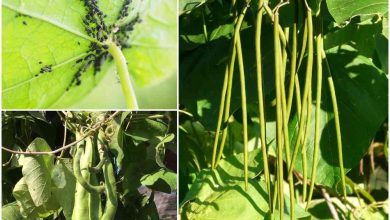

![Photo of Neem Oil: [20 Reasons to Use It in Your Garden and How to Do It]](https://www.complete-gardening.com/wp-content/uploads/2022/08/neem-oil-20-reasons-to-use-it-in-your-garden-and-how-to-do-it-390x220.jpg)